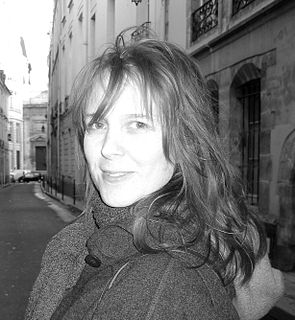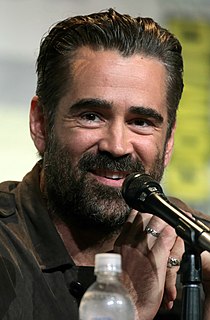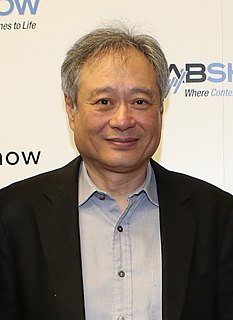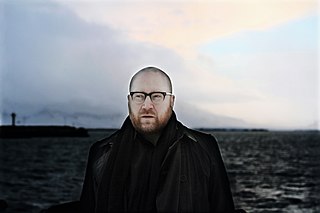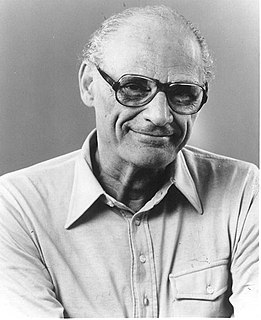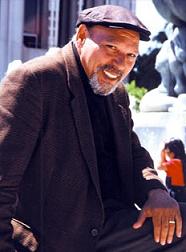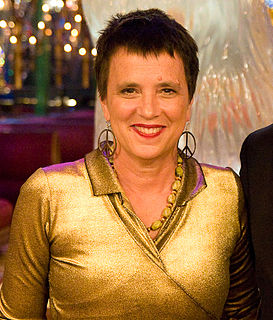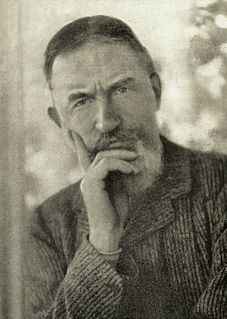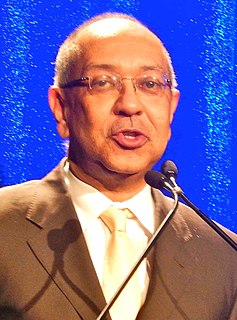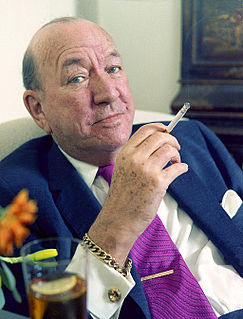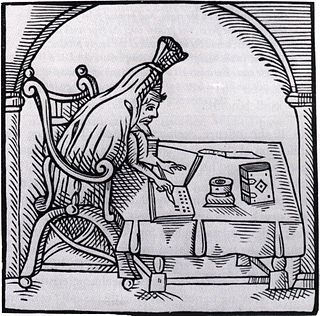A Quote by Erin Cressida Wilson
I wanted to keep the complexity of the female experience in the film as much as it is in the book, and the subject of not wanting a child is a very interesting subject, one that's not dealt with very much actually.However that complexity was not serving the story of what became the film [The Girl on the Train].
Related Quotes
Sometimes I have experienced at the start of a film you're very excited and enthusiastic and you've done all your preparation internally and externally and you start the film and it's all go... Then your attention goes somewhere else. Your energy goes into telling the story, so you don't have the same amount of energy to be objective, and that's okay because sometimes you become a subject of the story and you're inside it so much that you don't need to keep on looking on the outside.
I do read some of the scripts from America and, even though the themes or subject of the film is very interesting, and some of the scenes are very interesting, there is a tendency that they have to explain everything. There will be no dilemma. This guy was evil, and this girl was very sweet. And in the end, we'd have to see eight endings because we'd also have to know what happened to the uncle. It's like, "Are you kidding me?!"
I'm very conditioned by my surroundings, by the influences of social media, by the television I watch. And I always found, growing up, that even inspiring female characters or complex female characters in television and film, I often found that their complexity was actually just another facet of their sexuality.
I needed to enhance the outward threat to Rachel.In the book [Girl on the Train], her inner threat is so strong; the fear of herself and her inability to remember and the false memories. In the film [Girl on the Train]I wanted to increase the exterior threat. So that's why Allison's part was bigger and was an important part of the climax of the film.
Any story dealing, however seriously, with homosexual love is taken to be a story about homosexuality while stories dealing with heterosexual love are seen as stories about the individual people they portray. This is as much a problem today for American filmmakers who cannot conceive of the presence of gay characters in a film unless the specific subject of the film is homosexuality. Lesbians and gay men are thereby classified as purely sexual creatures, people defined solely by their sexual urges.
We are always taking a hard look at how life was in the past in coming up with interesting subject matter for our various series, and remembering how much I used to want an encyclopedia as a kid made me realize wanting a set is very unlikely for teens today, and that conversation would be interesting.
What I found interesting in dance is the idea that my work has always been dealing with the nervousness between the human subject as a subject and the human subject as a form. And if you look at my dance films, there are always these cuts between the dancer as a form, the dancer as a subject, and this kind of very harsh treatment of the dancer as someone who's actually drawing with their body.
The inherent non-linearity of the digital allows for more input from others, including the subject and reader as collaborators. The top-down, bedtime-style story is of limited use. A non-linear narrative that allows for increased complexity and depth, and encourages both subject and reader to have greater involvement, will eventually emerge more fully from the digital environment. This, in a sense, is the more profound democratization of media.
I don't have the story finished and ready when we start work on a film. I usually don't have the time. So the story develops when I start drawing storyboards. I never know where the story will go but I just keeping working on the film as it develops. It's a dangerous way to make an animation film and I would like it to be different, but unfortunately, that's the way I work and everyone else is kind of forced to subject themselves to it.
When I make film music, I'm a filmmaker first and foremost. It's about serving the needs of the film. You're telling a story; in a way, you stop becoming a composer and become a storyteller instead. You tell the story with the most appropriate themes. How you approach these things is a very personal matter, but your goal is to tell the story first.
